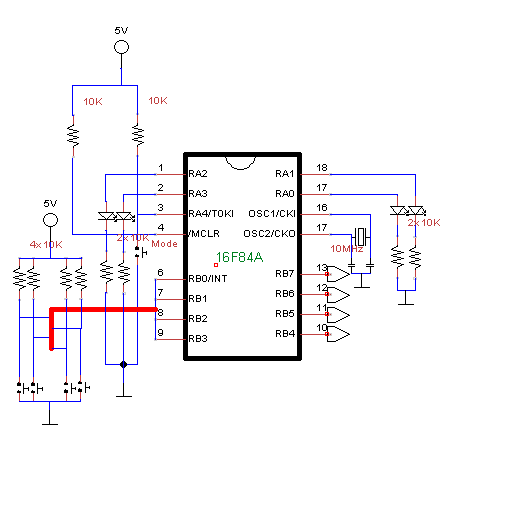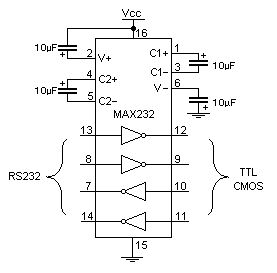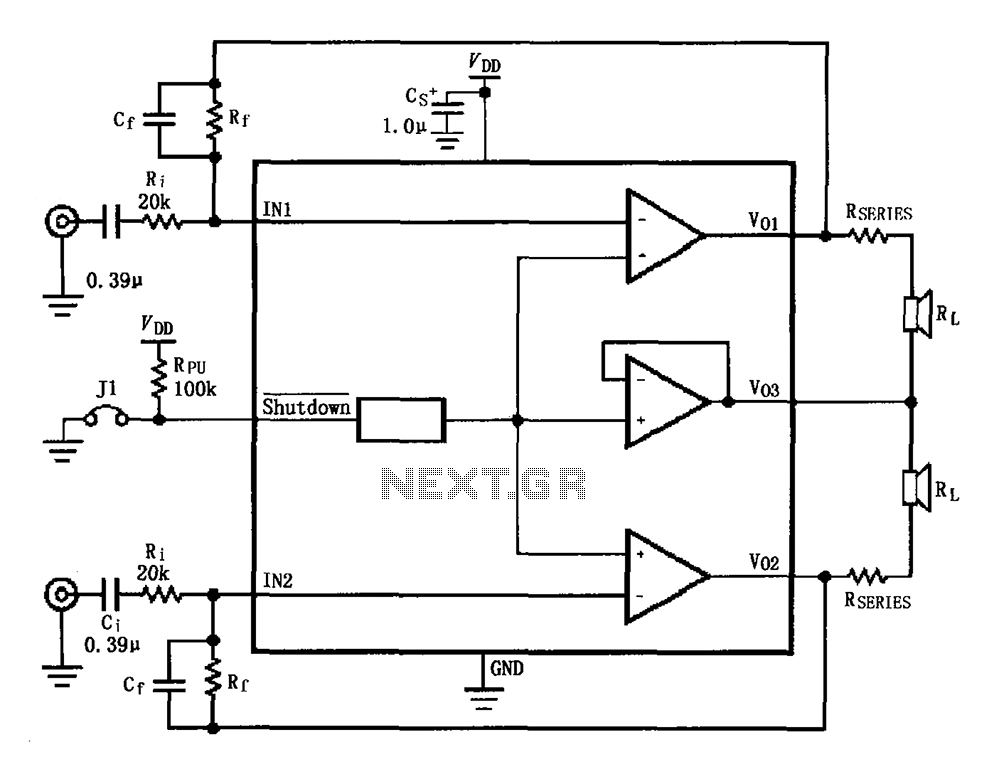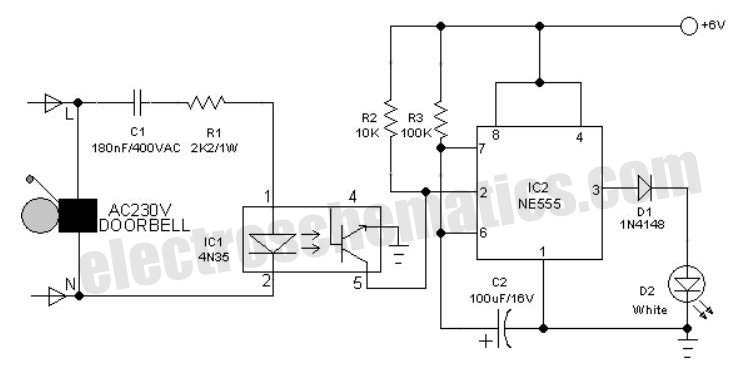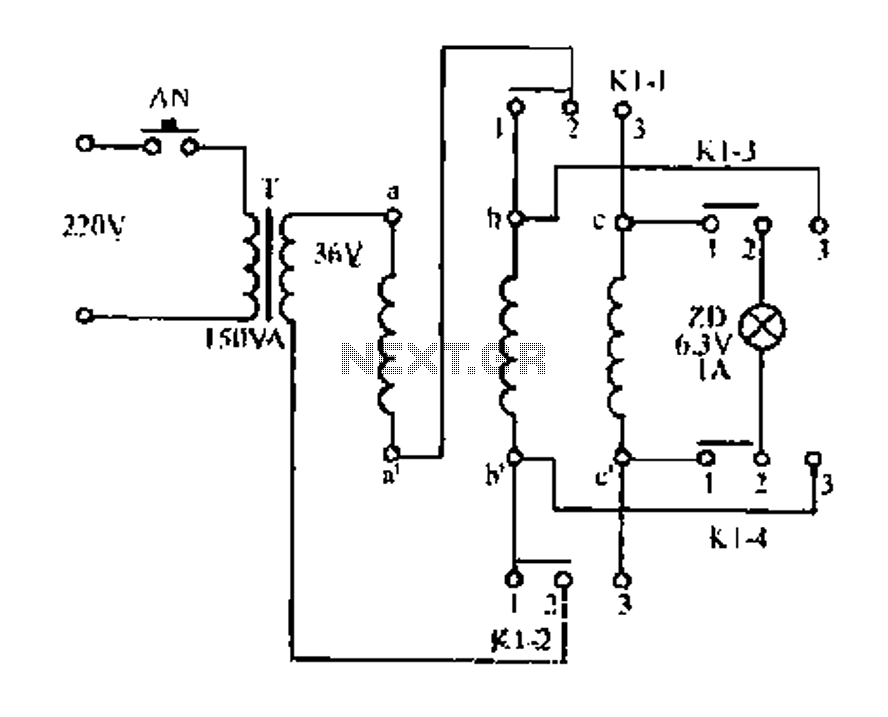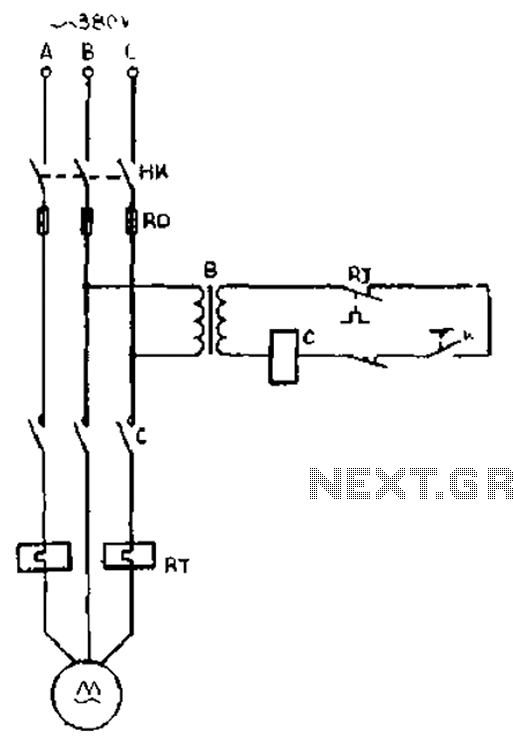
Electronic sound control flooding imitation circuit design
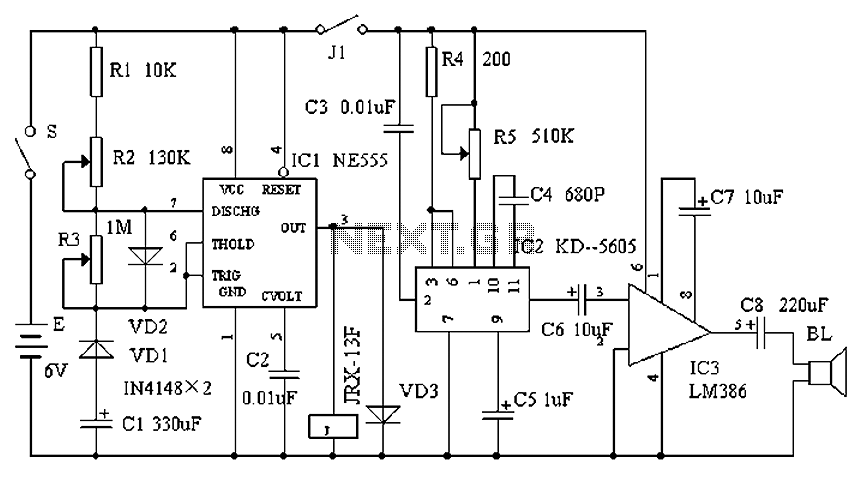
Cats are natural predators of rats, and the use of electronic devices to simulate meowing sounds as a repellent is an effective method. These electronic devices can produce meowing sounds at various frequencies and intervals, making them suitable for home electronics enthusiasts due to their simple and low-cost circuit structure. The circuit operates through a time control circuit, meow generation circuit, and power amplifier circuit. The time control circuit utilizes an NE555 timer IC (IC1) along with external resistors and capacitors, functioning as a variable duty cycle pulse oscillator that regulates the duty cycle through resistors R2 and R3. The meow generation circuit employs a CMOS integrated circuit (IC2), specifically the KD-5605, which utilizes internal storage technology to generate meowing sounds. A low-cost audio power amplifier integrated circuit (IC3), the LM386, is used due to its minimal external component requirements, wide voltage range, low distortion, and ease of assembly. When the power switch (S) is activated, IC1 generates a continuous pulse output. This output energizes a relay (J) through a laser pulse, closing its normally open contact (J1) to power the subsequent circuit. Each triggering of IC2 results in amplified meowing sounds from the speaker (BL), effectively deterring rats. The components selected include the NE555 timer for IC1, KD-5605 audio IC for IC2, and LM386 for IC3. The relay chosen is the JRX-13F, and the speaker should be an 8-ohm, 3W unit or a suitable drum speaker. Once the circuit is assembled correctly, it typically operates without the need for debugging.
The electronic schematic for the meowing sound repeller consists of three main sections: the time control circuit, the meow generation circuit, and the power amplifier circuit.
1. **Time Control Circuit**: This section is built around the NE555 timer IC, which is configured in astable mode. The configuration allows the timer to generate a square wave output at a frequency determined by the values of resistors R2 and R3 and the timing capacitor. The duty cycle can be adjusted by varying the resistance values, thus enabling the user to set the frequency and duration of the meowing sounds. The output from pin 3 of the NE555 is a pulse that triggers the relay.
2. **Meow Generation Circuit**: The KD-5605 CMOS IC is utilized for sound synthesis. This integrated circuit is capable of generating audio frequencies that mimic the sound of a cat meowing. The output from this IC is connected to the input of the power amplifier. The frequency of the generated sound can be fine-tuned by adjusting the internal parameters or external components connected to the KD-5605.
3. **Power Amplifier Circuit**: The LM386 is a low-voltage audio power amplifier that amplifies the meowing sound generated by the KD-5605. With its high gain and low distortion characteristics, the LM386 is ideal for driving small speakers. The output from the LM386 is connected to the speaker, which produces the audible sound that deters rats.
The relay in the circuit acts as a switch that controls the power flow to the meow generation circuit, ensuring that the sound is only produced when the NE555 timer is active. The relay's normally open contact allows for the integration of additional circuits or features if desired.
Overall, this circuit design is not only cost-effective and straightforward but also provides a practical solution for pest control using sound. The assembly requires basic electronic skills, and once constructed, it is typically ready for use without extensive troubleshooting. Cats are predators of rats, the use of electronic devices to simulate mew Repeller is an effective method. Because it is an electronic device, mew big or small, can be fast or slow, short or long intervals, and the circuit structure is simple, low cost, suitable for home-made electronics enthusiasts. Circuit works : by the time control circuit, mew generation circuit, power amplifier circuit. Time control circuit is by the time base circuit IC1NE555 its external RC components, diodes and other components.
It is a variable duty cycle pulse oscillator, which controls the duty cycle of the R2 and R3. Mew generation circuit consists of a CMOS integrated circuit IC2KD-5605 as the use of storage technology inside the circuit will mew cured. Cheap generic small power amplifier power audio amplifier integrated circuits IC3LM386, which is characterized by very few external components, wide voltage range, low distortion, simple assembly.
Close the power switch S, IC1 will power work in IC1 output terminal pulse output pin continuously. When a laser pulse excitation relay J pull its normally open contact J1 is turned on, so that a subsequent circuit receives power while work occurs mew, every triggering IC2, there soon meow output power is amplified by IC3 promote the loud speaker BL realistic sound. So that the mice heard faint, to achieve the purpose of the drive rats. Select IC1 components selected 555 base integrated circuit; IC2 selected KD-5605 audio integrated circuits; IC3 selected LM368.
Relay selection JRX-13F small relay, speaker BL should choose 8, 3W speaker or dedicated number above drum speaker, Wu rest of the device specific requirements. After the installation is complete circuit, as long as the line is correct, generally without debugging can be used normally.
The electronic schematic for the meowing sound repeller consists of three main sections: the time control circuit, the meow generation circuit, and the power amplifier circuit.
1. **Time Control Circuit**: This section is built around the NE555 timer IC, which is configured in astable mode. The configuration allows the timer to generate a square wave output at a frequency determined by the values of resistors R2 and R3 and the timing capacitor. The duty cycle can be adjusted by varying the resistance values, thus enabling the user to set the frequency and duration of the meowing sounds. The output from pin 3 of the NE555 is a pulse that triggers the relay.
2. **Meow Generation Circuit**: The KD-5605 CMOS IC is utilized for sound synthesis. This integrated circuit is capable of generating audio frequencies that mimic the sound of a cat meowing. The output from this IC is connected to the input of the power amplifier. The frequency of the generated sound can be fine-tuned by adjusting the internal parameters or external components connected to the KD-5605.
3. **Power Amplifier Circuit**: The LM386 is a low-voltage audio power amplifier that amplifies the meowing sound generated by the KD-5605. With its high gain and low distortion characteristics, the LM386 is ideal for driving small speakers. The output from the LM386 is connected to the speaker, which produces the audible sound that deters rats.
The relay in the circuit acts as a switch that controls the power flow to the meow generation circuit, ensuring that the sound is only produced when the NE555 timer is active. The relay's normally open contact allows for the integration of additional circuits or features if desired.
Overall, this circuit design is not only cost-effective and straightforward but also provides a practical solution for pest control using sound. The assembly requires basic electronic skills, and once constructed, it is typically ready for use without extensive troubleshooting. Cats are predators of rats, the use of electronic devices to simulate mew Repeller is an effective method. Because it is an electronic device, mew big or small, can be fast or slow, short or long intervals, and the circuit structure is simple, low cost, suitable for home-made electronics enthusiasts. Circuit works : by the time control circuit, mew generation circuit, power amplifier circuit. Time control circuit is by the time base circuit IC1NE555 its external RC components, diodes and other components.
It is a variable duty cycle pulse oscillator, which controls the duty cycle of the R2 and R3. Mew generation circuit consists of a CMOS integrated circuit IC2KD-5605 as the use of storage technology inside the circuit will mew cured. Cheap generic small power amplifier power audio amplifier integrated circuits IC3LM386, which is characterized by very few external components, wide voltage range, low distortion, simple assembly.
Close the power switch S, IC1 will power work in IC1 output terminal pulse output pin continuously. When a laser pulse excitation relay J pull its normally open contact J1 is turned on, so that a subsequent circuit receives power while work occurs mew, every triggering IC2, there soon meow output power is amplified by IC3 promote the loud speaker BL realistic sound. So that the mice heard faint, to achieve the purpose of the drive rats. Select IC1 components selected 555 base integrated circuit; IC2 selected KD-5605 audio integrated circuits; IC3 selected LM368.
Relay selection JRX-13F small relay, speaker BL should choose 8, 3W speaker or dedicated number above drum speaker, Wu rest of the device specific requirements. After the installation is complete circuit, as long as the line is correct, generally without debugging can be used normally.
